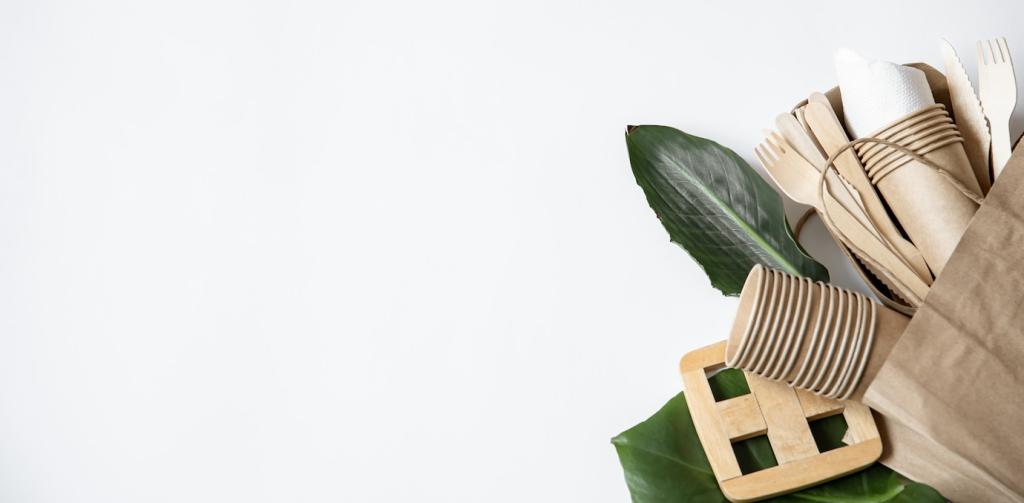Tools, Labels, and Smarter Shopping
Seek water-based formulas, clear ingredient lists, and certifications like Green Seal, ECOLOGO, or EPA Safer Choice. Avoid undisclosed solvent blends. When in doubt, contact brands—and share findings with our community so we can all buy better together.
Tools, Labels, and Smarter Shopping
Refill castile and distilled water at local stations, and store solutions in glass or stainless bottles with reusable sprayers. A reader told us their family cut plastic by half in six months—one small swap at a time, starting with a simple cleaning kit.
Tools, Labels, and Smarter Shopping
Keep it lean: soft cloths, a gentle brush, castile solution, plant-based balm, distilled water, and activated charcoal for nearby odor control. Fewer, better tools reduce clutter and waste, making green care easy to start and easy to sustain.
Tools, Labels, and Smarter Shopping
Lorem ipsum dolor sit amet, consectetur adipiscing elit. Ut elit tellus, luctus nec ullamcorper mattis, pulvinar dapibus leo.


